U.S. junk food dilemma in the land of the Inca
[Originally published December 31, 2012] It was a sad day in Cusco when the Archdiocese refused to renew the lease of the iconic Cafe Ayllu, forcing it to relinquish its spot after decades under the Portal de Carnes, next to the Cathedral on the Inca capital’s main plaza.
In its place opened a KFC fast food joint.
In a nation where residents can reportedly travel, on average, just 0.66 miles (1.1 kilometers) to find a Burger King, McDonald’s, Star Bucks or Popeye’s, it is Kentucky Fried Chicken that rules the roost as Peru’s largest U.S. fast-food chain.
But as 2012 comes to a close, KFC is facing a major consumer backlash following back-to-back scandals.
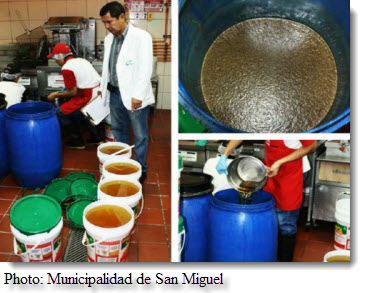
Last week, municipal health inspectors fined a KFC restaurant in San Miguel, a district of the capital, Lima, and ordered the establishment closed for re-using cooking oil in its deep friers.
The company was quoted by RadioProgramas insisting it complies with global standards in its food preparation.
“We are respectful of inspections implemented by local authorities to assess the quality of our products,” the KFC statement said, but in this instance, the health inspection “was not adequately carried out.”
The real trouble started, however, when the franchise illegally covered over the public health notices on the front of its restaurant with publicity posters and delivery signs.
Then things got even worse when employees got aggressive with a reporter and camera crew from the state-run TVPeru news channel in the midst of a live feed.
Over the weekend, a policewoman accused another KFC restaurant in the northern coastal city of Chiclayo of serving her spoiled chicken with her extra-crispy combo. She alleged the manager attempted to bribe her with an open ended certificate for free chicken, forever, in exchange for not reporting the incident.
KFC, as a result, has been excoriated by the Peruvian public in the blogosphere and in posts to its Peruvian Facebook page. Angry denunciations abound, as well as snarky mock ads for “KFC Diesel” and announcements of a corporate merger with Shell Oil.
I confess, I love KFC. I have ever since 1968 when, at three years old, I distinctly remember eating it for the first time during a family vacation in Puerto Rico. It was another year or two before Kentucky Fried Chicken opened in my native Brooklyn.
But now, as a middle aged father of Peruvian children — who are equally as enthused about a bucket of Original Recipe as I was when I was a boy — I worry about the health risks of the junk food that increasingly permeates Peru.
As an expatriate American residing here, I felt more than a little let down when it became apparent that KFC’s decision in April 2007 to begin frying its chicken in trans fat-free oil would apply to the United States, but not other international markets, like Peru. Why not?
As for advice to my fellow countrymen and women about what affordable, quick, delicious food they should try when they visit Peru, the answer is easy.
In December 1949, nine years after Colonel Harland Sanders created his secret Original Recipe of 11 herbs and spices, a Swiss emigre to Peru named Roger Schuler and his partner Franz Ulrich invented their own chicken recipe that is just as finger lickin’ good.
Pollo a la Brasa is a rotisserie chicken marinated in a mouth watering concoction of herbs, spices and vinegar and slow cooked in special charcoal or wood fired ovens. It is as emblematic to Peru as cebiche or pisco sours.
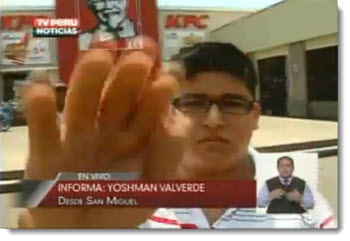
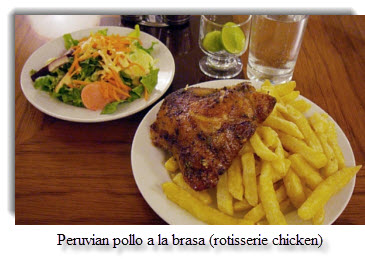
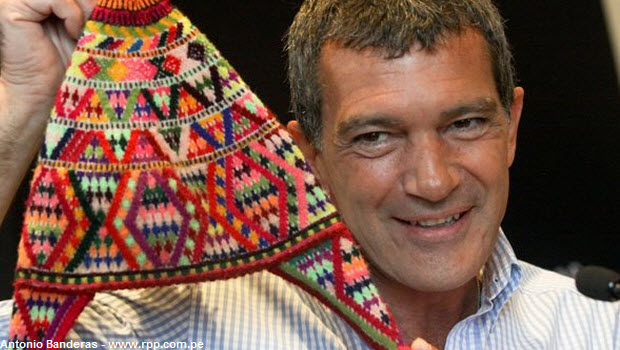 Antonio Banderas’ tribute to the Inca Trail, Machu Picchu & Peruvian friends
Antonio Banderas’ tribute to the Inca Trail, Machu Picchu & Peruvian friends 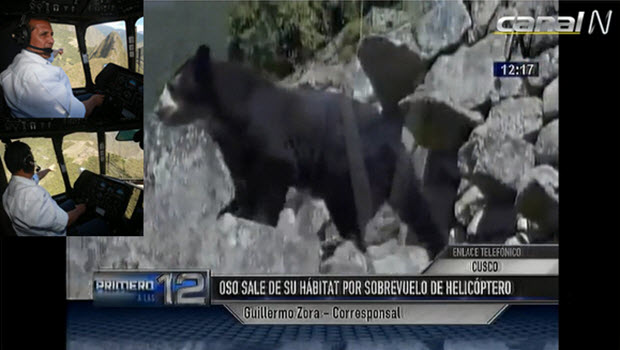 Cusco official wants helicopter pilot who invaded Machu Picchu air space sanctioned
Cusco official wants helicopter pilot who invaded Machu Picchu air space sanctioned 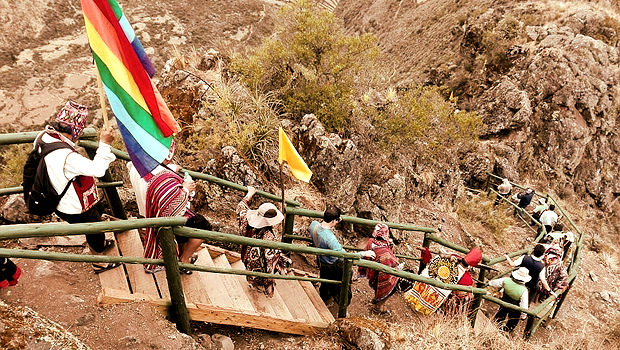 Section of the Inca Trail in Pisaq Ruins Restored
Section of the Inca Trail in Pisaq Ruins Restored 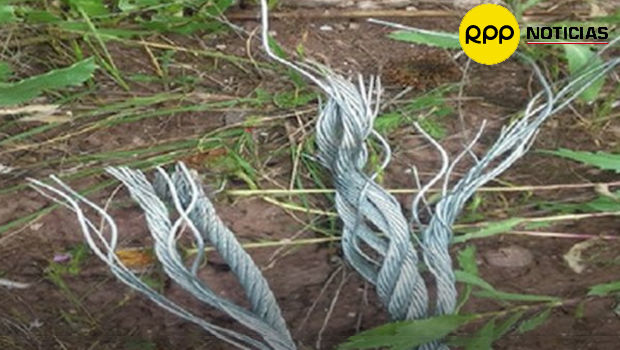 Authorities consider possible suspension of adventure sports in Cusco
Authorities consider possible suspension of adventure sports in Cusco 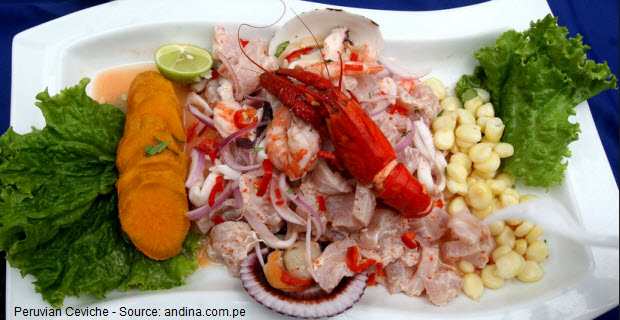 Ceviche
Ceviche 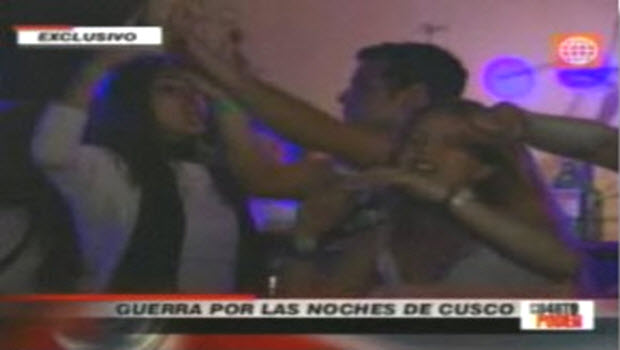 City ordinance threatens late night dance clubs in Cusco’s historic center
City ordinance threatens late night dance clubs in Cusco’s historic center 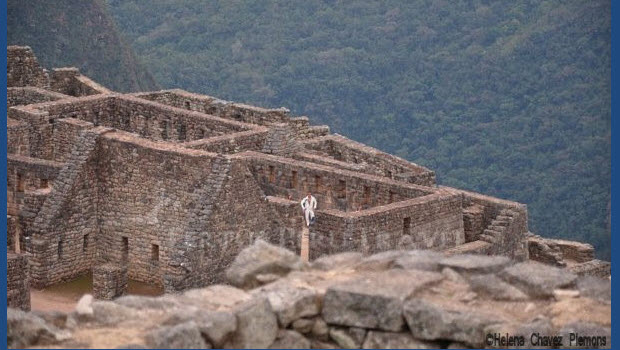 Elvis spotted at Machu Picchu!
Elvis spotted at Machu Picchu! 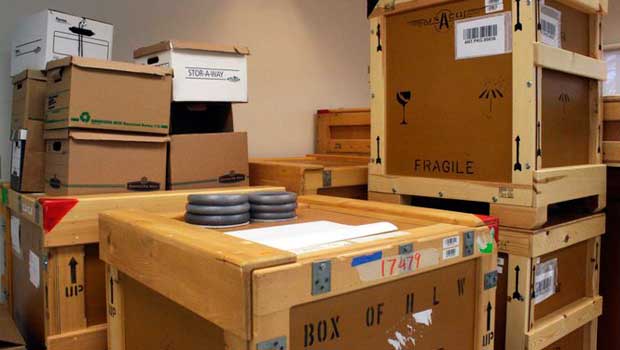 Bickering over Machu Picchu centennial celebration could cause delay of event
Bickering over Machu Picchu centennial celebration could cause delay of event